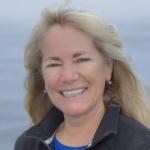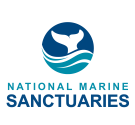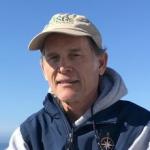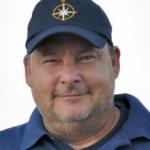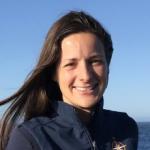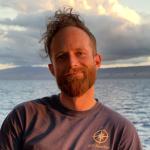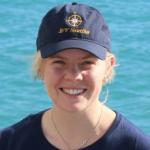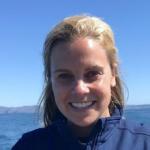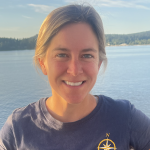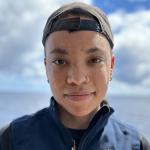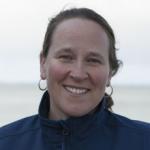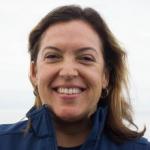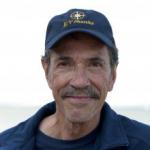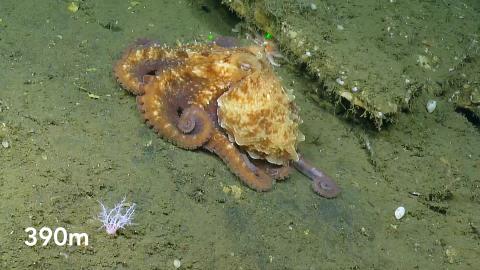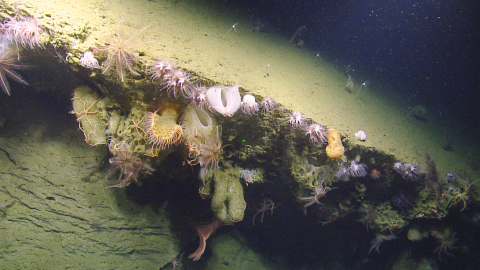This is a joint project visiting two distinct national marine sanctuaries off the coast of California. The region of Greater Farallones National Marine Sanctuary (GFNMS) and Cordell Bank National Marine Sanctuary (CBNMS) comprises one of the world’s most productive and biologically rich ocean areas and protects over 700 species of fish and deep benthic species. NOAA’s national marine sanctuaries are responsible for protecting the biological and cultural resources within their boundaries.
GFNMS recently expanded to double in size and now protects 3,295 square miles, thus requiring further exploration of deep-ocean habitats. This project will visit unexplored deep-sea coral reefs, some of which lie in the deepest regions of the sanctuary and are areas that are proposed by the Pacific Fisheries Management Council to be newly opened or closed to bottom trawling. This project will better define the role of rocky substrate in the deep ocean ecosystem and aid in understanding types of habitats and the biodiversity within the sanctuary to effectively manage the area.
CBNMS is entirely offshore encompassing 1,286 square miles of seafloor habitat. This project will continue exploration of deep canyon and slope habitat begun by by previous Nautilus expeditions. Areas of focus include regions of Bodega Canyon that were not previously explored, as well as depth zones along the slope that have not been surveyed to continue an inventory of deep-sea species and habitat zonation, particularly hard substrate that may be suitable for deep-sea corals and sponges.
There are many functions deep-sea corals and sponge communities provide to the ocean ecosystem, and a goal of these surveys will be to document the associations between the corals and other organisms, as well as the environmental conditions deep sea communities are experiencing and how that may affect their distribution, abundance, and condition.
Sponsored by: NOAA Office of National Marine Sanctuaries

